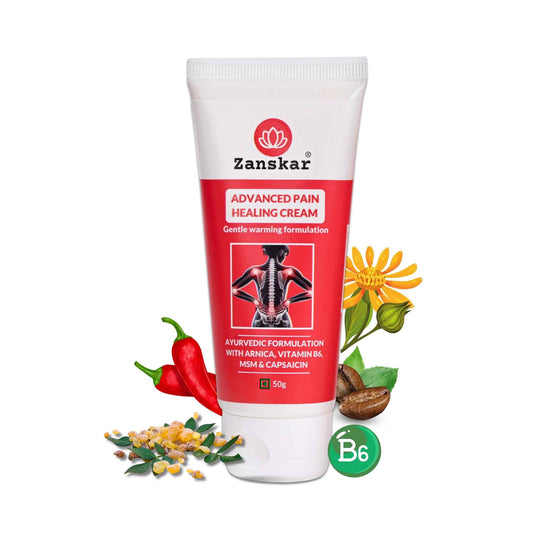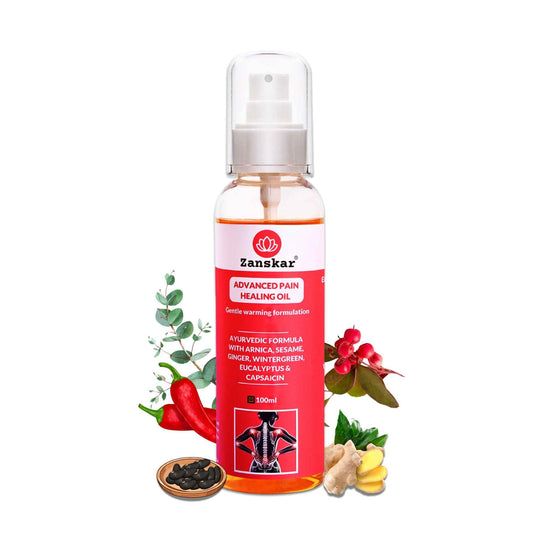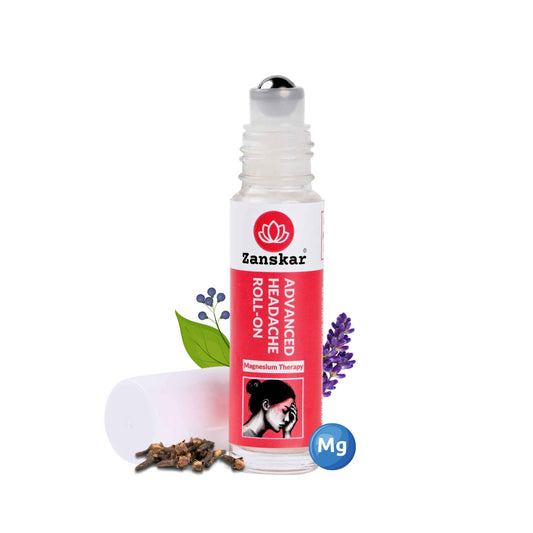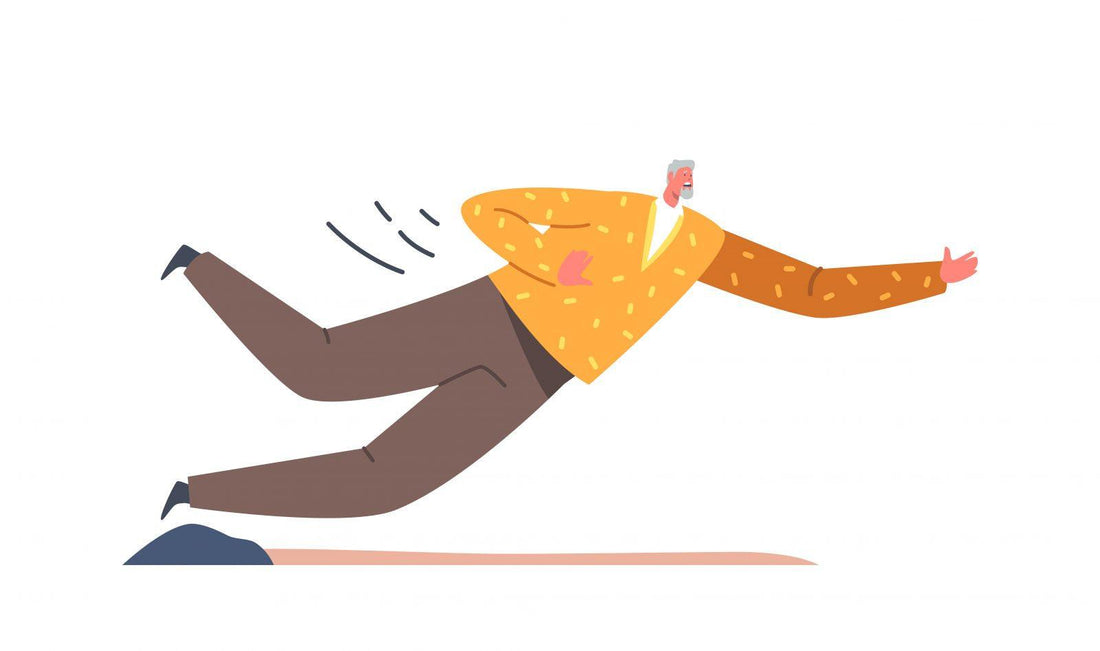
Fall Prevention in Elders
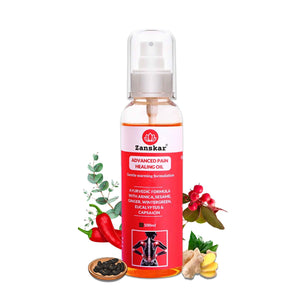
It’s something a lot of people know they should think about — but don’t. It’s understandable to avoid thinking about falls because this issue can be scary. While knowing what affects your fall risk is an important piece of the puzzle, an equally important piece is knowing what you can do to stay safe and prevent falls from occurring. Because there’s a lot you can do. Falls can be serious, but they are also preventable.
Here, learn what affects fall risk, what to do if you do fall, and how to prevent falls from occurring in the first place, especially with balance and strength exercises from our Zanskar Health physical therapists.
Why We Talk About Fall Risk: A Zanskar Health Perspective
In most cases, a fall doesn’t cause a serious injury.
So why bother talking about them?
Because falls in elder people are a big deal, which is why it’s important to be armed with knowledge and tools to prevent falls and stay safe as you age.
This information isn’t intended to cause alarm. Rather, we want to highlight the incredible benefits that come from learning about falls and how you can reduce your risk of having a fall or a fall-related injury. (Spoiler alert: it’s movement and exercise therapy to improve your balance, strength, and mobility. More information to come.)
What Causes Falls
Everyone falls — kids, athletes, and an average person. Falling is more common among those 65 and older, though. Here are some possible contributors.
1. Medications. Roughly 90% of adults 65 and older take one or more prescription medications each day. Some have side effects that can increase fall risk. Talk to your doctor about any medications you’re taking so they can spot drugs or drug interactions that may increase fall risk.
2. Certain conditions that affect balance. Your ability to balance is all thanks to many different systems in your body that work together, including your brain, nerves, muscles, bones, joints, eyes, inner ear, and blood vessels. Issues involving any of these systems, such as nerve damage related to diabetes, can contribute to a fall.
3. Incontinence, or bowel and bladder problems, increase with age. They may cause a fall while rushing to the bathroom, especially at night.
4. Age-related loss of muscle mass. Sarcopenia — a gradual loss of muscle mass and strength — is a key risk factor for falling. It’s also a natural part of aging. Experts estimate that most people lose three to eight percent of their muscle mass per decade after the age of 30, and even more after 60. Muscle loss can be prevented and reversed with exercise and diet. (More information on this below.)
5. Fall hazards in your home, such as poor stair design, dim lighting, tripping hazards, and uneven surfaces can cause you to trip or stumble.
6. Vision problems. Everyone experiences eye changes as they age, and some of these changes can contribute to low vision, making it harder to see in dim light, distinguish colors, and adjust to changes in lighting. Objects like electrical cords, pets, and throw rugs are harder to see and easier to trip over.
7. Hearing problems. According to Johns Hopkins University research, people with a 25-decibel hearing loss (which is mild) are nearly three times more likely to fall than people with healthy hearing. This is because the hearing and balance systems are both housed in the inner ear. When your hearing isn’t working properly, it can affect your balance.
8. Fear of falling. A past fall can as much as double your chances of falling again, which is due, in part, to the fear of falling. Even if you haven’t fallen, the fear of a fall can lead you to avoid certain activities like walking, running errands, or participating in social activities. These are important in keeping your body healthy and staying upright.
_____________________
Having any (or many) of these issues doesn’t mean that falling is inevitable. Knowing which risk factors for falling are present in your life helps you and your care team address modifiable risk factors so you can stay healthy, strong, and safe.
_____________________
Fall Prevention: What You Can Do
Most falls for older adults are not due to a single factor, but rather are the result of a combination of issues. You may not be able to control every risk factor, but you can always address some of them. Zanskar Health clinicians recommend the following to help you stay safe every step of the way as you age:
• Get regular physical activity. All types of movement have benefits, though strength (or resistance) training is especially important. Incorporate exercises into your routine that strengthen the muscles you need to stay upright, such as your legs and core.
• Modify your home environment. “I suggest removing boxes, newspapers, electrical cords and phone cords from walkways,” says an expert physiotherapy consultant at Zanskar. “It may also be a good idea to secure loose rugs with double-faced tape, tacks, or a slip-resistant backing — or remove loose rugs from your home all together.” Other suggestions include:
- Store clothing, dishes, food, and other everyday items within easy reach.
- Immediately clean spilled liquids, grease, or food.
- Use non-slip mats in your bathtub or shower. Use a bath seat, which allows you to sit while showering.
- Repair carpeting right away and make sure that there is a clear walking path within your home.
• Get your hearing checked. If you have low hearing, your doctor may suggest hearing aids, which make sound louder. Over-the-counter hearing aids are now available without a doctor’s prescription for mild to moderate hearing loss.
• Check in on your eyes. Vision problems increase rapidly with age, especially once we hit 65. People 80 years and older account for 69% of all vision loss. Frequent eye exams allow your doctor to catch eye problems early and update your glasses if needed.
• Eat the rainbow. A balanced, nutrient-dense diet can help prevent muscle loss. Eat plenty of protein, vitamin D, and omega-3 fatty acids for proper strength. Good food choices include eggs, chicken, wild-caught salmon, tuna, walnuts, flaxseed, and chia seeds. Bonus: Nutrients such as zinc, vitamins C and E, lutein, and omega-3 fatty acids can also help prevent age-related vision changes and further reduce your fall risk. Talk to your provider or a registered dietitian for tips specific to you and any medical conditions.
• Rethink your footwear. Wear low-heeled, rubber-soled shoes that offer good support.
• Skip the socks at home. Don’t walk on hardwood floors in socks or shoes with smooth soles. You’re better off being barefoot or dedicating a pair of sturdy, rubber-soled shoes for “indoor-only” use.
• Talk to your doctor. They can help assess your fall risk factors and manage conditions or medications that may affect your fall risk.
• Start doing exercise therapy. Targeted movements, exercises, and stretches increase the strength and flexibility you need to stay upright and prevent falls. Physical therapists can design a customized exercise therapy routine that fits your life. You can see a physical therapist in person or use a program like Zanskar Health to access a PT via telehealth/video visit.
Exercises to Improve Balance and Coordination
One of the most important tools to improve strength, balance, and flexibility is exercise therapy. Here are a few gentle exercises from Zanskar Health that are commonly used to promote healthy aging and prevent falls.
1. Side Leg Raise: This gentle exercise works the core muscles as well as the hips and low back to help improve overall strength

2. Sit to Stand: This movement strengthens the muscles in your lower body and challenges your balance. It can be an important movement to improve mobility and independence

3. Standing Calf Raise: Strong calf muscles give you a solid push off when walking and help prevent stumbling

PT Tip: Keep Calm, Keep Confident
“Gaining confidence is one of the best ways to reduce fear of any kind, including fear of falling,” says our expert. You can increase your confidence by improving your strength and balance. There are exercise classes and programs specifically designed to improve balance and increase strength. “You can also work with your physical therapist on how to fall properly, and how to get back up from the floor, “add our expert. Using an assistive device like a cane or rolling walker is another option that can help improve confidence and decrease fall risk.
Learn More About Zanskar Health
If you have joint or muscle pain that makes it hard to move, Zanskar offers the most advanced full stack pain relief solutions for you.
Now available to purchase, Zanskar® Advanced Pain Healing Cream has a unique formulation of natural ingredients like Arnica, Vitamin B6, MSM and Capsaicin, which is trusted by over 20L+ pain sufferers globally. It provides lasting relief from muscle and joint discomfort that you can feel good about. Get your fix before stocks run out - buy now.
You can also gain access to therapeutic exercises and stretches for your condition by downloading the Zanskar Health physiotherapy mobile app. Additionally, you’ll have a personal care team to guide, support, and tailor our program to you, including behavioral and nutritional coaching.
Download our mobile app here 👉 download and track your exercise streak.
Medical Review: This article is written by Dr Nishtha Mittal (Senior Health Content Editor at Zanskar Health) and has been medically reviewed by Dr Rashi Goel (Senior Physiotherapist at Zanskar Health). This article and its contents are provided for educational and informational purposes only and do not constitute medical advice or professional services specific to you or your medical condition.




